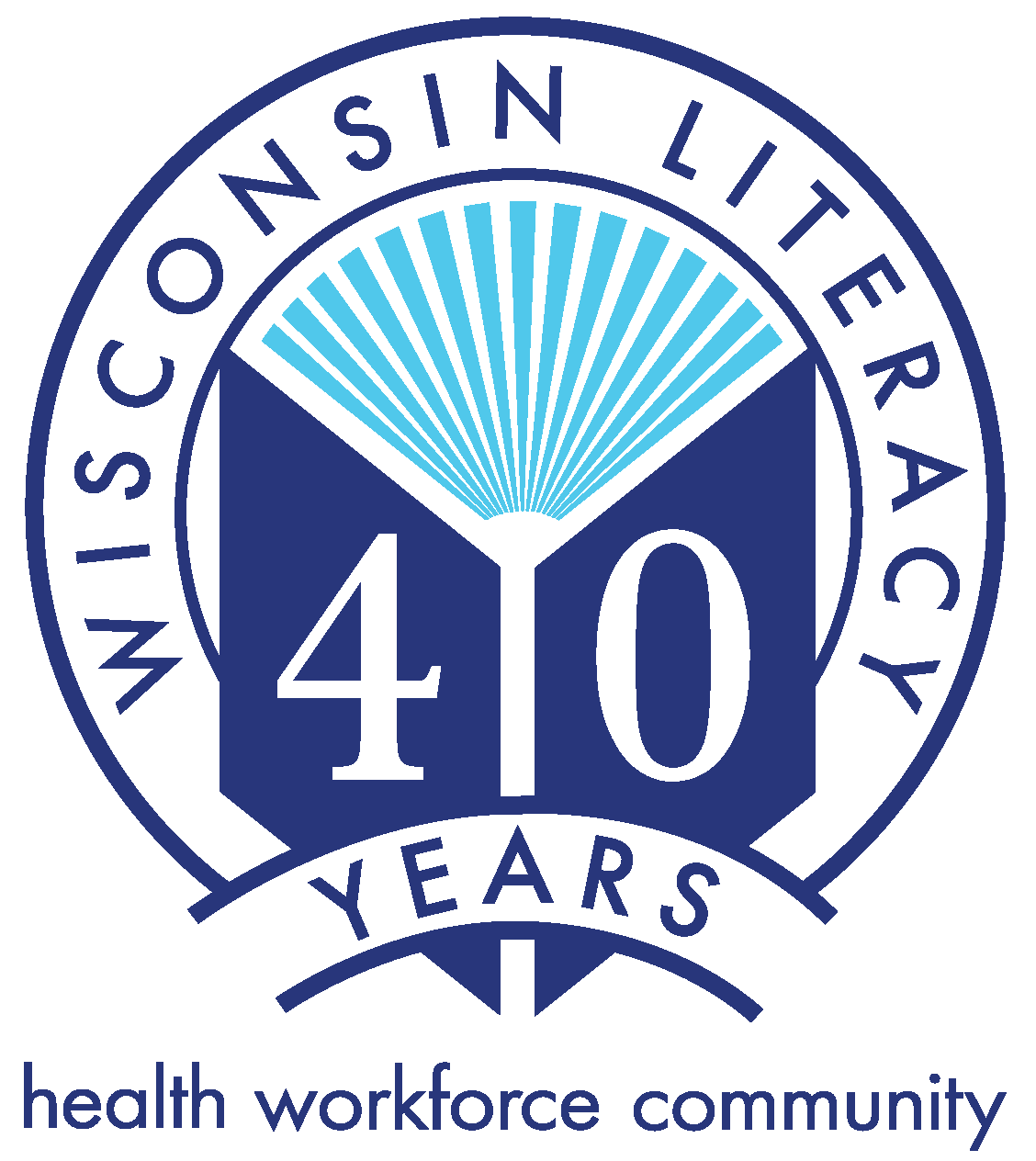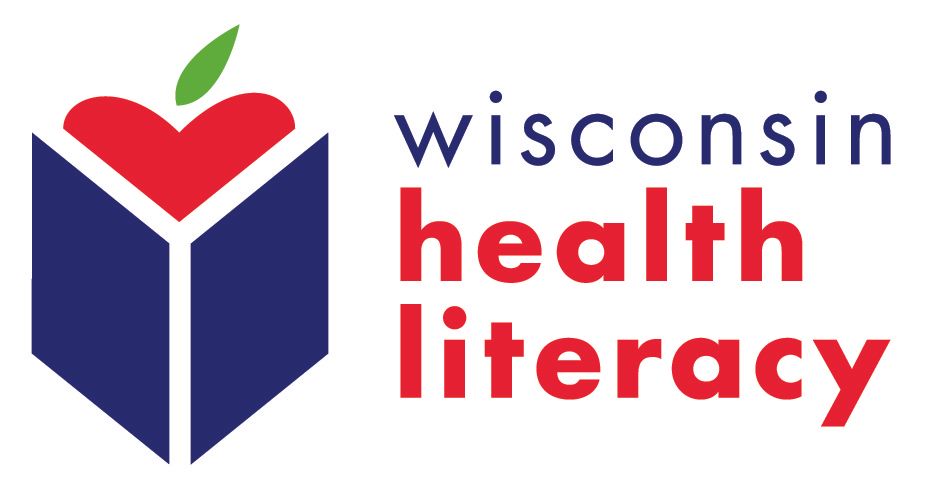News Releases
Pay attention to the content of your news release.
Is your news "newsworthy?"
Your excitement about a story doesn’t automatically mean it’s newsworthy. Think about your audience and ask:
- Will someone else find your story interesting?
- Why will people care about this story?
- Is this story timely?
- Is it unique?
- How does this story set our agency apart?
A good release answers all of the "W" questions (Who, What, Where, When, Why and hoW).
How is a story different from a news release/public service announcement?
A news release often covers an upcoming tutor training, recruitment event or volunteer recognition. These are pretty straight- forward and will often be used verbatim from a release.
A story has a broader appeal, with the purpose of educating or encouraging change. You may submit a story written from your perspective, but it’s often better to “pitch” the story to an editor or reporter. Call the education editor and ask if they are interested in your story. They may assign a reporter to cover it and do most of the leg work.
Start strong.
You have a matter of seconds to grab your readers’ attention.
- Start with a good “hook”
- Tie your story to current events or social issues
- Tell your story in the headline and first paragraph
- Provide details in subsequent paragraphs
Stick to the facts.
Tell the truth. Avoid fluff, embellishments and exaggerations. Journalists are naturally skeptical. If your story sounds too good to be true, you might be hurting your own credibility.
Use active, not passive, voice.
Active voice brings your press release to life.
For example, instead of “volunteers will be recognized at 6:00pm,” say “we will recognize volunteers at 6:00pm.”
Be clear and concise.
- Use only the words you need to tell your story.
- Wordiness distracts from your story.
- Avoid unnecessary adjectives, flowery language and redundant expressions such as "added bonus" or "first time ever."
- Don’t use jargon and acronyms. For example, your readers might not know what ABE and ELL mean
Avoid the hype.
The exclamation point (!) is your enemy. There is no better way to destroy credibility than to include a bunch of hype.
Include a “hook” in your email subject line.
Reporters are inundated with e-mails. The key to making them notice your e-mail is an interesting, timely and noteworthy subject line.
Once you establish a relationship with reporters and editors, they should recognize your e-mails and phone calls. They might even begin coming to you as their “source” for literacy issues.
End with information about your organization.
Briefly describe your mission and services. If you are filing a joint news release, include similar statements for the other organizations.
Sources:
PRWeb Press Release Ideas: https://service.prweb.com/resources/release-ideas/

